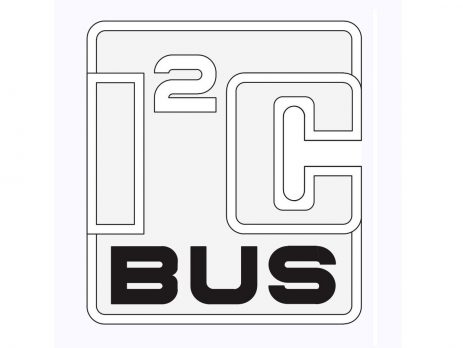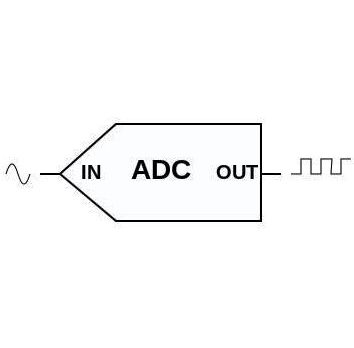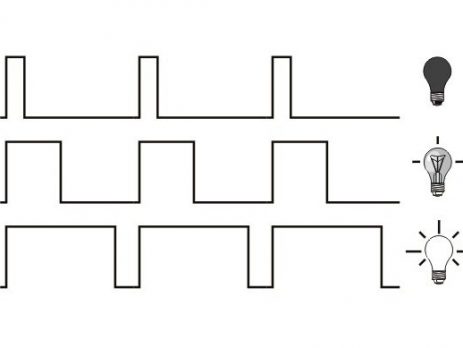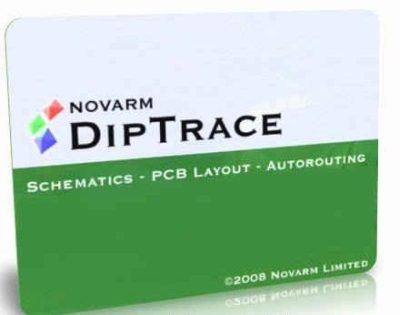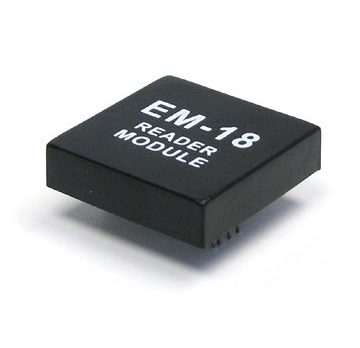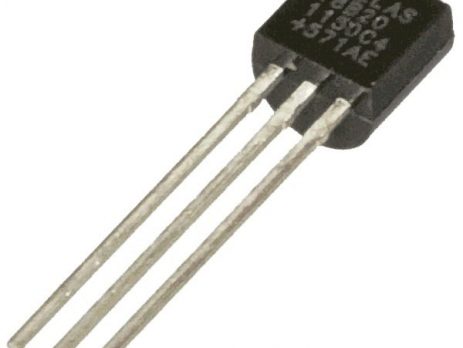Electronics tutorials including microcontroller, microprocessor, programing and circuits. Intended for beginners, electronics hobbyists, college students, professionals and educational purposes.
EasyEDA – A Cloud based PCB Design Software
Cloud computing is an internet based computing which relies on sharing computer resources. It enables us to use computer resources or processing power as a utility similar to using electricity. So we don't need to make big computer infrastructure in our building, just use the cloud resources whenever there is a need. Nowadays everything become cloud computing, like cloud storage, word processing, business analytics etc. What is the role of cloud computing in electronics ? The question ends here, EasyEDA. It...



